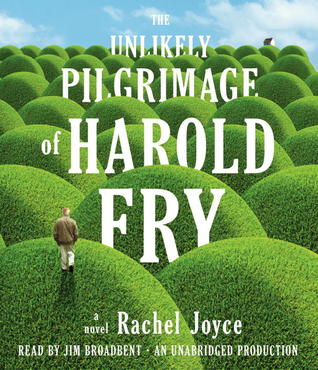 Teenage heroine? Check. Desperate love story? Check. Rural scenes combining cruelty and desperation? Check. Urban/suburban neighborhoods hiding corrupt underbellies? Check.
Teenage heroine? Check. Desperate love story? Check. Rural scenes combining cruelty and desperation? Check. Urban/suburban neighborhoods hiding corrupt underbellies? Check.
On Such a Full Sea by Chang-rae Lee hits the markers for many modern tales of dystopia, but this is no Hunger Games. There’s no obvious villain, and little opportunity for salvation or revolution.
The heroine of this tale is Fan, a fish farm tank diver, abruptly leaves the city of B-Mor, formerly Baltimore, when her boyfriend Reg disappears. Fan does the unthinkable and leaves the relative safety of B-Mor, now a labor colony resettled by Chinese, and heads into the counties. Counties are the seemingly lawless and ungoverned areas outside of the labor colonies and Charter villages, where the privileged classes live.
Fan’s journey to find Reg takes her through the counties into the hands of Quig, and then into slavery at the hands of the very disturbed Miss Cathy. Fan gets closer to her goal of finding Reg as she is reunited with her brother, Oliver, and becomes part of his family group in the Charter village of Seneca.
Lee’s writing is beautiful. Phrases and images dance into thoughts, all told by a mysterious narrator who is somehow privy to the private events of Fan’s life.
We watch ourselves routinely brushing our teeth, or coloring the wall, or blowing off the burn from a steaming yarn of soup noodles, and for every moment there is a companion moment that elides onto it, a secret span that deepens the original’s stamp. We feel ever obliged by everyday charges and tasks. They conscript us more and more. We find world enough in a frame. Until at last we take our places at the wheel, or wall, or line, having somewhere forgotten that we can look up.
In this short paragraph, Lee evokes the confines of a life, how that life feels, and then ties it to an overarching theme of this novel, self-imprisonment by blind acceptance.
Fan is the only character who does not accept her role and place. Reg’s disappearance is the catalyst for her leaving B-Mor and rejecting her role, but Fan has vever quite fit in in B-Mor. Is is her petite, otherworldly appearance? Perhaps it is her unassuming and unintentional charm, which helps her navigate the scary world of the counties, and then the striated, bureaucratic world of the Charter village, whose threats are just as real as the counties, but better fed and more attractive.
Whatever sets Fan apart is not noisy or revolutionary. Her resistance is through quiet determination and adapting to her current situation before making her mark. The narrator says of her, “Nor was she chosen, at last, to lead anyone but herself.”
Fan’s journey to Reg is her private revolution, which the people of B-Mor then appropriate. After Fan leaves, B-Mor is graffiti tagged with images of Fan and Reg, simple images, then more abstract. of the graffiti, the narrator says:
They are eventually whitewashed or papered over, and if the individual expressions won’t permanently linger in our minds, the ready regeneration of them does, this irrepressible urge.
Lee does not wrap up Fan’s story tidily. There’s no crowning of a winner; governments are not overthrown. The reader cannot even be sure if she found Reg. What we are left with is an uneasy feeling, wondering if Fan’s world could be ours.
I read this novel for a book group – I had never even heard of the author before this novel was chosen. It’s not a flashy adventure dystopian story, but more of a scary future, most comparable to The Handmaid’s Tale. Like other memorable dystopian stories, Lee takes aspects of our own culture and takes them to an extreme, creating a world that is eerily similar to ours, but perverted.
On Such a Full Sea takes our culture’s increasing stratification and institutionalizes it. People of privilege live in the protected Charter villages, workers are confined to urban labor facilities, and outsiders and rejects are relegated to the counties, where lawlessness and cruelty are the norm. The chance to be “chartered” is dangled before the laborers, while the Chartered communities turn out to be just as lawless as the counties. It’s a frightening world picture, made even more so by the very small consolation of Fan’s escape.
This is a terrific novel, but not for the easily depressed.

 Fates and Furies by Lauren Groff is almost perfect. This compact novel first masquerades as a domestic drama, but about 50 pages in I realized there were too many layers to label it that.
Fates and Furies by Lauren Groff is almost perfect. This compact novel first masquerades as a domestic drama, but about 50 pages in I realized there were too many layers to label it that. What started out as a disappointing retelling of a Beauty and the Beast legend morphed into something richer and more complicated.
What started out as a disappointing retelling of a Beauty and the Beast legend morphed into something richer and more complicated.
 It’s a bad sign when the most interesting character in the book is murdered in the first third of the book.
It’s a bad sign when the most interesting character in the book is murdered in the first third of the book.



